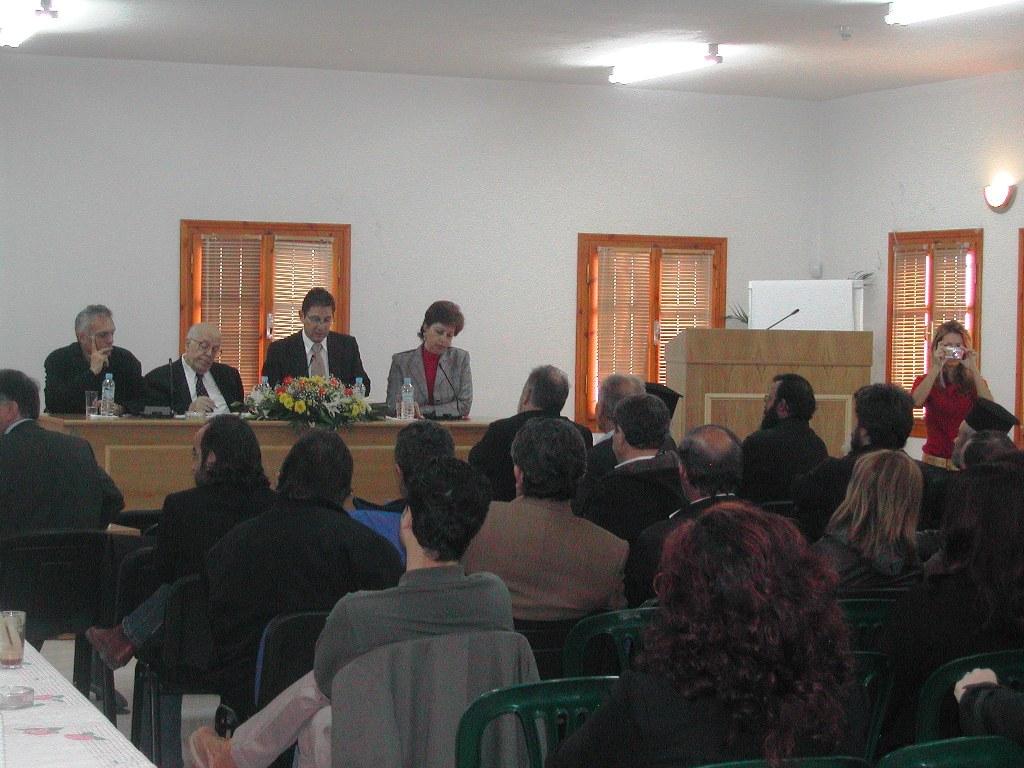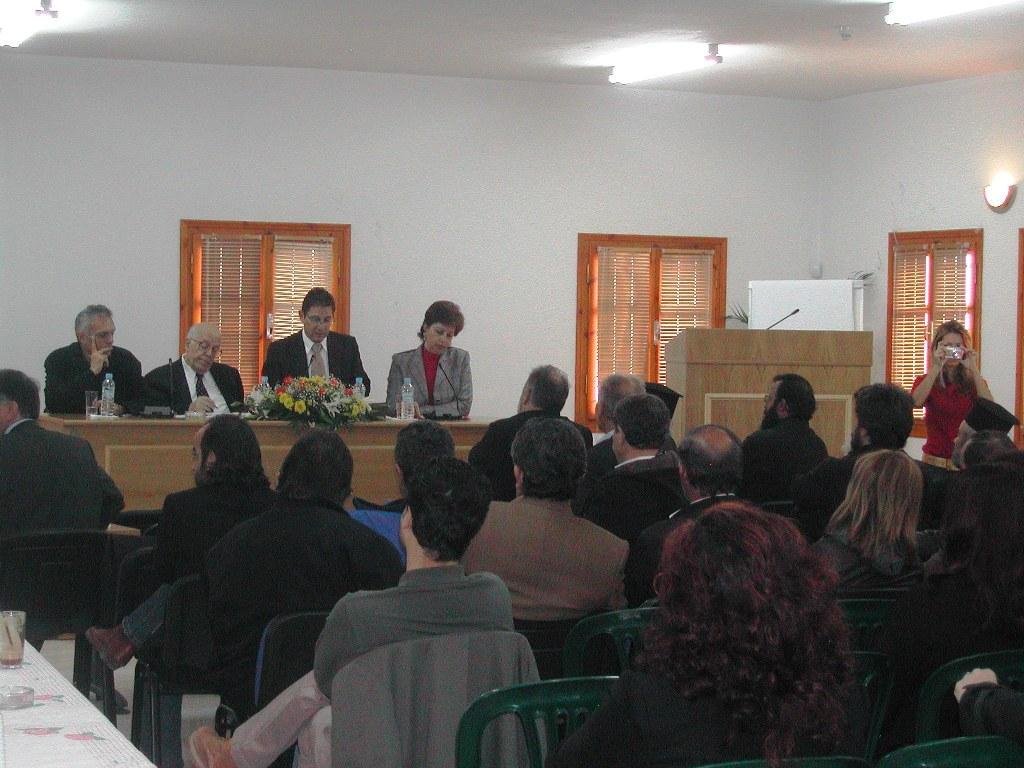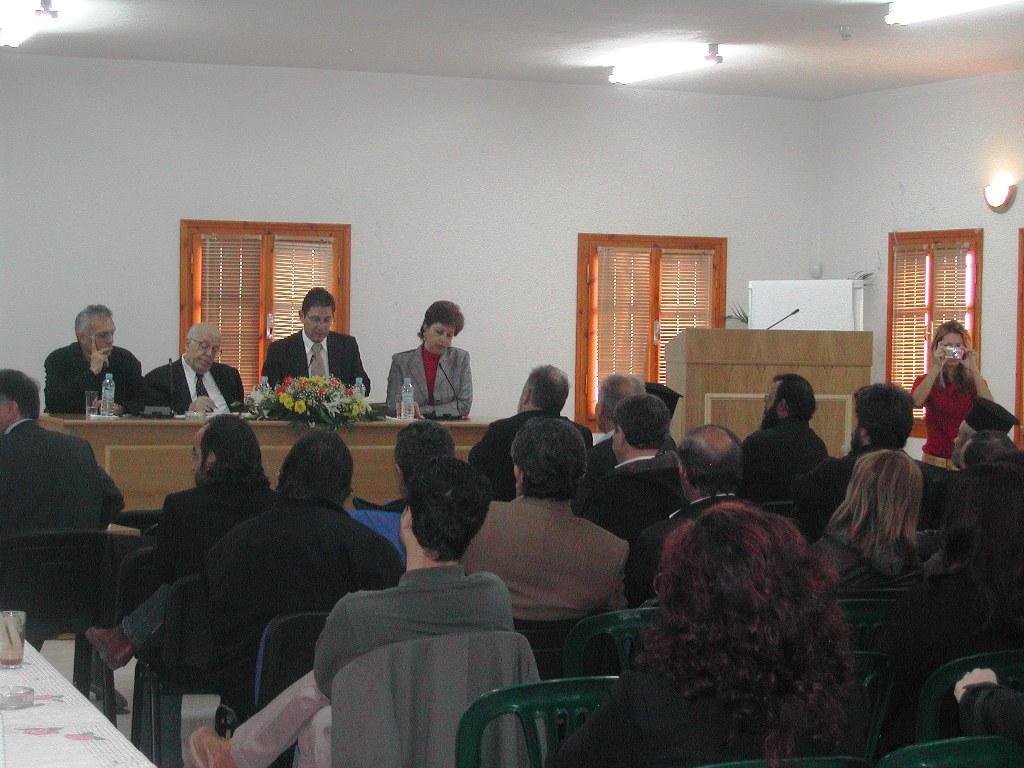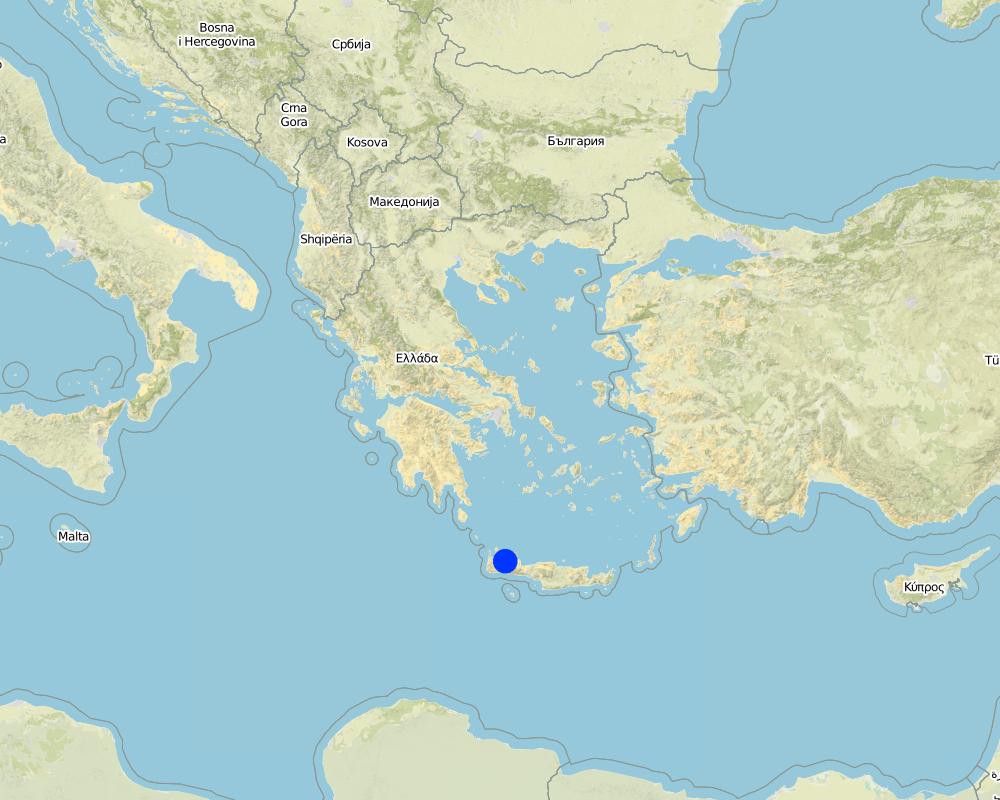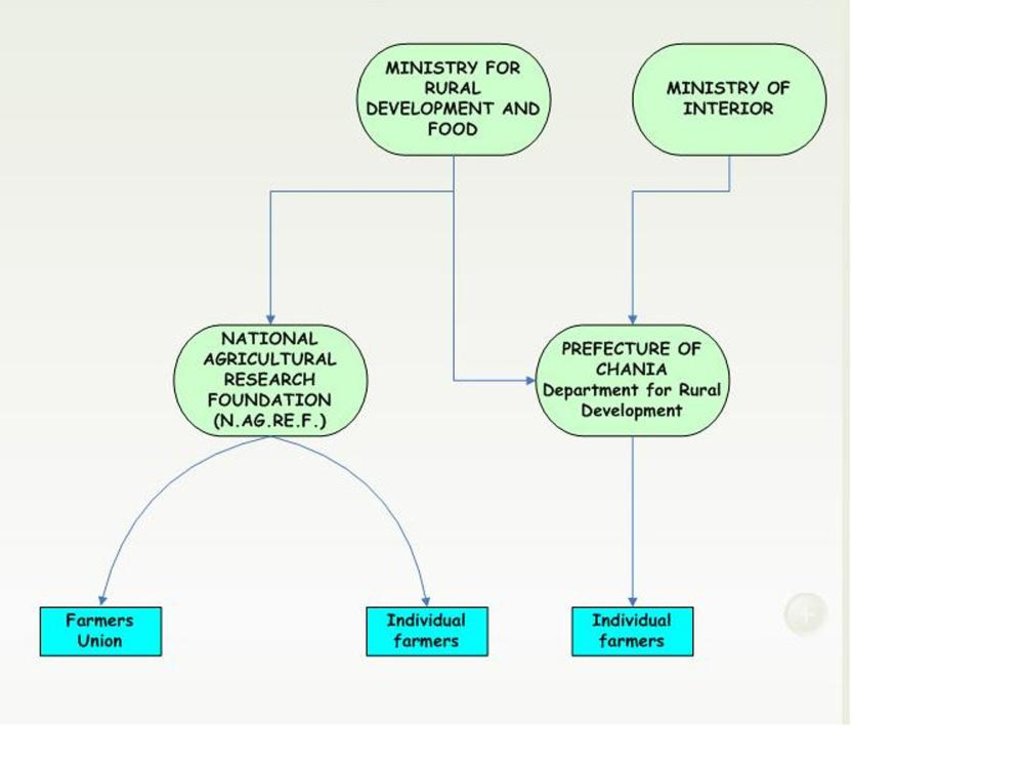Sustainable development of olive groves I [Greece]
- Creation:
- Update:
- Compiler: Costas Kosmas
- Editor: –
- Reviewer: Fabian Ottiger
approaches_2427 - Greece
View sections
Expand all Collapse all1. General information
1.2 Contact details of resource persons and institutions involved in the assessment and documentation of the Approach
Name of the institution(s) which facilitated the documentation/ evaluation of the Approach (if relevant)
Agricultural University of Athens (AUA) - Greece1.3 Conditions regarding the use of data documented through WOCAT
The compiler and key resource person(s) accept the conditions regarding the use of data documented through WOCAT:
Ja
1.4 Reference(s) to Questionnaire(s) on SLM Technologies
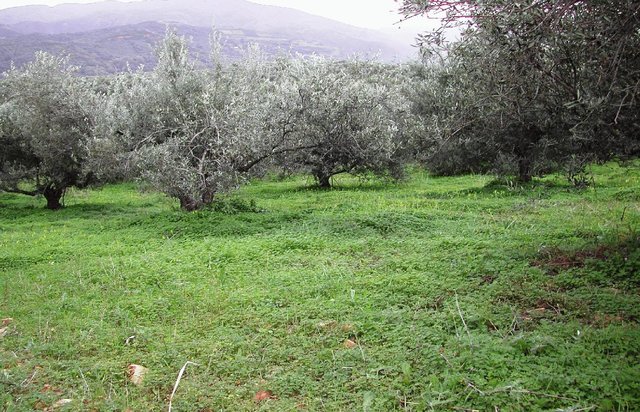
Olive groves under no-tillage operations [Greece]
Olive groves under no tillage and no herbicide application.
- Compiler: Costas Kosmas
2. Description of the SLM Approach
2.1 Short description of the Approach
Sustainable development of olive groves by applying no tillage operations
2.3 Photos of the Approach
2.5 Country/ region/ locations where the Approach has been applied
Country:
Greece
Region/ State/ Province:
Chania and Heraklion prefectures of Crete
Further specification of location:
Crete
Map
×2.6 Dates of initiation and termination of the Approach
Indicate year of initiation:
20
2.7 Type of Approach
- recent local initiative/ innovative
2.8 Main aims/ objectives of the Approach
The Approach focused on SLM only
To promote conservation of natural resources
The SLM Approach addressed the following problems: Facing problems in convincing farmers to apply the technology.
2.9 Conditions enabling or hindering implementation of the Technology/ Technologies applied under the Approach
social/ cultural/ religious norms and values
- hindering
traditional cultivation of olive groves
Treatment through the SLM Approach:
knowledge about SLM, access to technical support
- hindering
loss of water and difficulties to harvest the crop
Treatment through the SLM Approach:
3. Participation and roles of stakeholders involved
3.1 Stakeholders involved in the Approach and their roles
- local land users/ local communities
The majority of land users are men. The approach concerned mainly producers located in less favourable areas
- SLM specialists/ agricultural advisers
- national government (planners, decision-makers)
3.2 Involvement of local land users/ local communities in the different phases of the Approach
| Involvement of local land users/ local communities | Specify who was involved and describe activities | |
|---|---|---|
| initiation/ motivation | interactive | |
| planning | interactive | |
| implementation | self-mobilization | |
| monitoring/ evaluation | self-mobilization | |
| Research | interactive |
3.3 Flow chart (if available)
Description:
Organization chart showing the steering structure concerning the implementation of agricultural policy
3.4 Decision-making on the selection of SLM Technology/ Technologies
Specify who decided on the selection of the Technology/ Technologies to be implemented:
- SLM specialists alone
Explain:
Decisions on the method of implementing the SLM Technology were made by mainly by land users supported by SLM specialists. Due to low farm income they did not cultivate the land, but they realise that no tillage operations were positive for the growth of the olives.
4. Technical support, capacity building, and knowledge management
4.1 Capacity building/ training
Was training provided to land users/ other stakeholders?
Ja
Specify who was trained:
- land users
If relevant, specify gender, age, status, ethnicity, etc.
mainly men aged from twenties to sixties, Greeks
Form of training:
- public meetings
Subjects covered:
conservation of natural resources
4.2 Advisory service
Do land users have access to an advisory service?
Ja
Describe/ comments:
Name of method used for advisory service: analysis of production; Key elements: cost production, total production
Advisory service is quite adequate to ensure the continuation of land conservation activities
4.3 Institution strengthening (organizational development)
Have institutions been established or strengthened through the Approach?
- yes, a little
Specify the level(s) at which institutions have been strengthened or established:
- local
Specify type of support:
- financial
4.4 Monitoring and evaluation
Comments:
There were no changes in the Approach as a result of monitoring and evaluation
There were no changes in the Technology as a result of monitoring and evaluation
4.5 Research
Was research part of the Approach?
Ja
Specify topics:
- ecology
Give further details and indicate who did the research:
ISPOT, AUA
Research was carried out both on station and on-farm
6. Impact analysis and concluding statements
6.1 Impacts of the Approach
Did the Approach help land users to implement and maintain SLM Technologies?
- No
- Yes, little
- Yes, moderately
- Yes, greatly
decrease in soil loss and increase in water conservation
Did the Approach empower socially and economically disadvantaged groups?
- No
- Yes, little
- Yes, moderately
- Yes, greatly
mainly men old aged Greeks
Did other land users / projects adopt the Approach?
- No
- Yes, little
- Yes, moderately
- Yes, greatly
Land users in Pelloponese
Did the Approach lead to improved livelihoods / human well-being?
- No
- Yes, little
- Yes, moderately
- Yes, greatly
increase in farmers income
Did the Approach help to alleviate poverty?
- No
- Yes, little
- Yes, moderately
- Yes, greatly
increasing income
6.2 Main motivation of land users to implement SLM
- reduced workload
- environmental consciousness
6.3 Sustainability of Approach activities
Can the land users sustain what has been implemented through the Approach (without external support)?
- yes
If yes, describe how:
there is no cost in applying the technology
7. References and links
7.1 Methods/ sources of information
- field visits, field surveys
- interviews with land users
Links and modules
Expand all Collapse allLinks

Olive groves under no-tillage operations [Greece]
Olive groves under no tillage and no herbicide application.
- Compiler: Costas Kosmas
Modules
No modules


